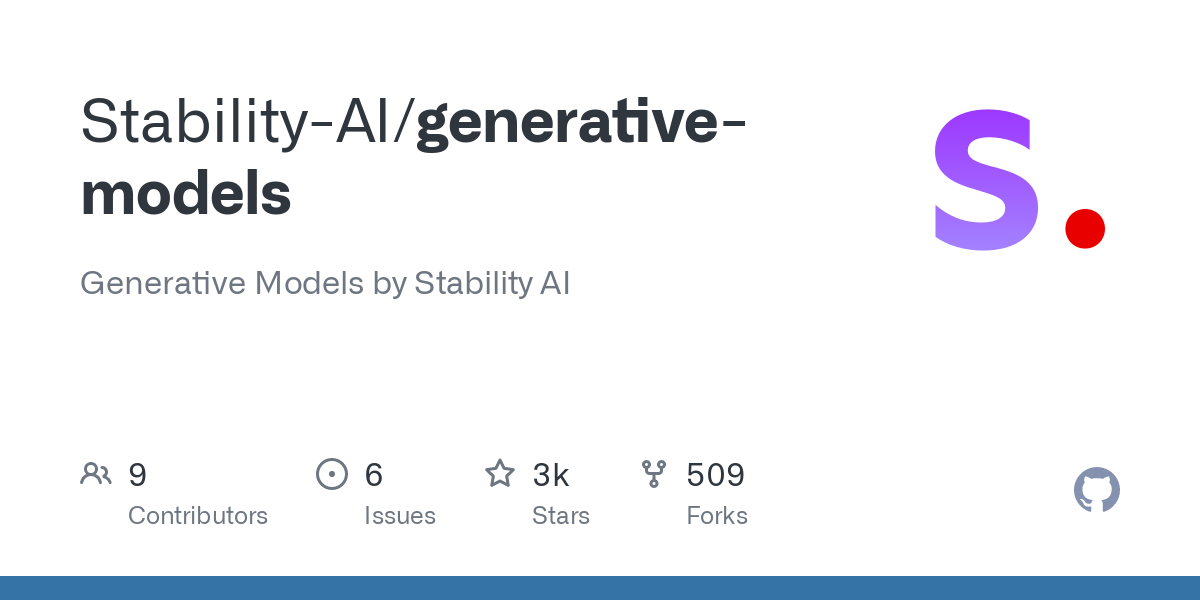- cross-posted to:
- [email protected]
- [email protected]
- [email protected]
- cross-posted to:
- [email protected]
- [email protected]
- [email protected]
TLDR of Stability-AI’s Paper:
Summary: The document discusses the advancements and limitations of the Stable Diffusion (SDXL) model for text-to-image synthesis. SDXL shows significant improvements in synthesized image quality, prompt adherence, and composition. However, it also has limitations such as challenges in synthesizing intricate structures like human hands, achieving perfect photorealism, addressing biases, mitigating concept bleeding, and improving text rendering. The document also compares SDXL with Midjourney v5.1, where SDXL shows a slight preference in terms of prompt adherence. The document concludes with suggestions for future improvements.
Key Takeaways:
- SDXL outperforms or is statistically equal to Midjourney V5.1 in 7 out of 10 categories.
- SDXL does not achieve better FID scores than the previous SD versions. This suggests the need for additional quantitative performance scores, specifically for text-to-image foundation models.
- SDXL outperforms Midjourney V5.1 in all but two categories in the user preference comparison.
- The model may encounter challenges when synthesizing intricate structures, such as human hands.
- The model does not attain perfect photorealism. Certain nuances, such as subtle lighting effects or minute texture variations, may still be absent or less faithfully represented in the generated images.
- The model’s training process heavily relies on large-scale datasets, which can inadvertently introduce social and racial biases.
- The model may exhibit a phenomenon known as “concept bleeding” where distinct visual elements unintentionally merge or overlap.
- The model encounters difficulties when rendering long, legible text.
- Future work should investigate ways to provide a single stage of equal or better quality, improve text synthesis, enable scaling to much larger transformer-dominated architectures, decrease the compute needed for inference, and increase sampling speed.
You must log in or register to comment.

